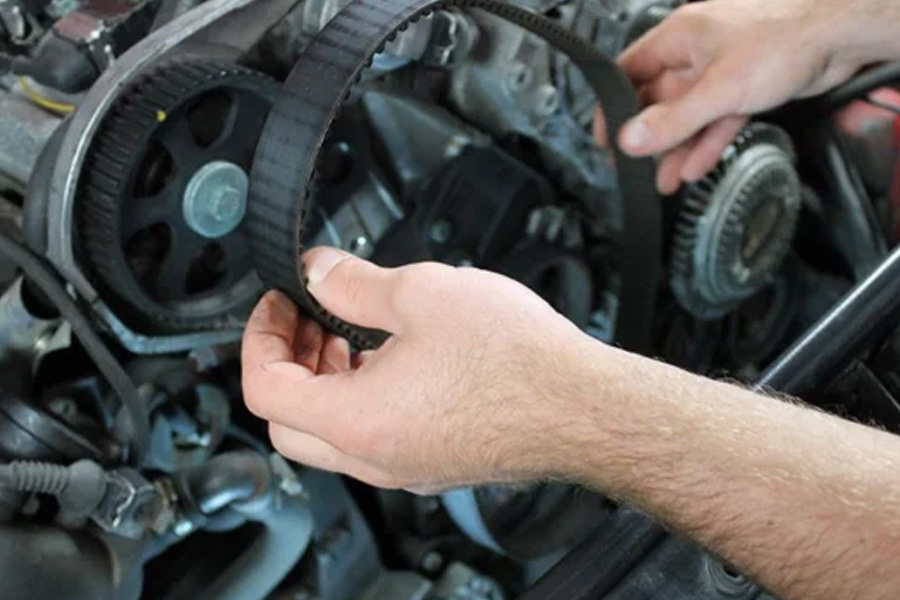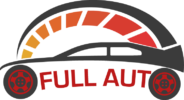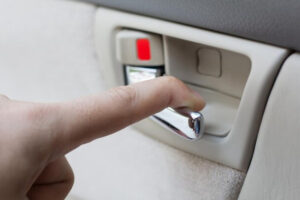Timing Belt Repair or Replacement: Which Option is Most Suitable for Your Commercial Vehicles?

Image Source: apexaaa.com
In the context of commercial vehicle maintenance, it is imperative to prioritize the care of the timing belt, as it plays a crucial role in the overall functionality of the vehicle. This crucial element guarantees the harmonious operation of all components by coordinating the rotation of the engine. As the timing belt experiences wear over time, organizations must evaluate whether it is more cost-effective to replace it or to undertake repairs. Understanding the differences between these two options is essential to ensure optimal vehicle longevity and performance.
Understanding Timing Belt Wear
While timing belts are essential for the safe and efficient operation of engines, it is important to acknowledge that their lifespan is finite. Rubber components are prone to degradation over time due to factors such as thermal exposure, friction, and oil leakage. Examples of wear indicators include fraying edges, oil contamination, and fractures. Timely inspections are crucial for commercial vehicles, as any downtime can lead to significant operational losses. It’s crucial to adhere to the manufacturer’s suggested maintenance plan; timing belt replacements should usually be done every 60,000 to 100,000 miles, depending on the needs of the particular car. Understanding the appropriate moments for inspecting your timing belt can assist in preventing substantial repairs that may arise from minor wear and tear. Choosing the Auto Repair in Draper, UT based service is essential here.
Considerations for Addressing Timing Belt Repairs
In certain circumstances, it may be feasible to conduct a repair of the timing belt instead of opting for a complete replacement, particularly when there is only minor wear or damage present. A repair may prolong the lifespan of a belt, provided it exhibits only a minor fracture and no additional indications of deterioration. This approach frequently serves as a temporary solution that is effective for cost-effective maintenance or circumstances where replacing the belt is not an immediate concern. It is essential to acknowledge that repairs do not come without risks; a repaired timing belt may fail unexpectedly, potentially leading to significant engine damage, especially in high-performance vehicles or those frequently utilized for demanding tasks. Business proprietors will be more equipped to discern between temporary fixes and enduring solutions when they possess a clear understanding of the constraints associated with repair options.
The Case for Replacing the Timing Belt
In the case of commercial vehicles, it is generally more advantageous to consider replacement over repair. Replacing the timing belt not only eliminates the risk of future failure but also ensures optimal engine performance. The implementation of a new timing belt can significantly enhance performance, fuel efficiency, and reliability, which are vital in a professional environment where vehicles play a critical role in daily operations. Furthermore, many experts recommend replacing water pumps and tensioners concurrently with the timing belt, as this proactive approach may minimize the necessity for additional repairs in the future by preventing potential issues with those components.




